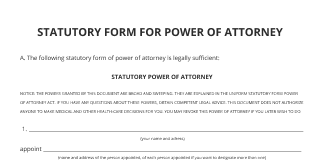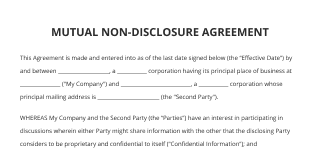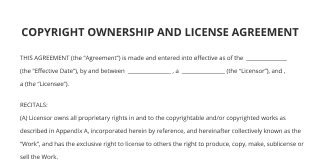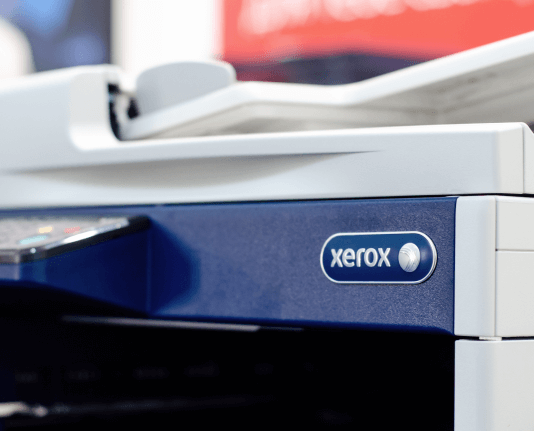Understanding Order Form Vs Invoice for Your Business Needs
Move your business forward with the airSlate SignNow eSignature solution
Add your legally binding signature
Integrate via API
Send conditional documents
Share documents via an invite link
Save time with reusable templates
Improve team collaboration
See airSlate SignNow eSignatures in action
Understanding the Difference Between Order Forms and Invoices
Order forms and invoices serve distinct purposes in the transaction process. An order form is a document that a buyer fills out to request goods or services. It typically includes details such as item descriptions, quantities, prices, and buyer information. This form acts as a formal request to the seller to fulfill the order.
In contrast, an invoice is issued by the seller after the goods or services have been provided. It outlines the transaction details, including the total amount due, payment terms, and a breakdown of the items sold. Invoices serve as a request for payment and are essential for accounting and tax purposes.
When to Use an Order Form
Order forms are most beneficial in situations where a business needs to streamline the ordering process. For example, a retail company may use an order form to collect customer information and product selections during a sale. This ensures that all necessary details are captured at once, reducing errors and improving efficiency.
Additionally, businesses can customize order forms to include specific fields relevant to their industry, such as shipping preferences or promotional codes. This customization can enhance the customer experience and facilitate smoother transactions.
When to Use an Invoice
Invoices are essential after a sale has been completed. They provide a formal record of the transaction and are crucial for both the seller and buyer. For instance, a service provider may issue an invoice after completing a project, detailing the services rendered and the total amount owed.
Invoices also help businesses keep track of their accounts receivable. They serve as reminders for customers to make payments and can include terms that specify payment deadlines, late fees, or discounts for early payment. This clarity helps maintain healthy cash flow for businesses.
Key Components of an Order Form
When creating an order form, it is important to include several key components to ensure clarity and efficiency. These components typically include:
- Contact Information: Buyer’s name, address, phone number, and email.
- Product Details: Descriptions, quantities, and prices of items being ordered.
- Payment Options: Accepted payment methods and any necessary payment information.
- Shipping Information: Delivery address and preferred shipping method.
Including these elements can help prevent misunderstandings and ensure that orders are processed smoothly.
Key Components of an Invoice
Invoices must also contain essential information to be effective. Key components include:
- Invoice Number: A unique identifier for tracking purposes.
- Date of Issue: The date the invoice is generated.
- Seller Information: Name, address, and contact details of the seller.
- Buyer Information: Name and address of the buyer.
- Itemized List: Detailed descriptions of goods or services provided, including quantities and prices.
- Total Amount Due: The total cost, including taxes and any applicable fees.
- Payment Terms: Instructions on how and when to pay the invoice.
These components ensure that both parties have a clear understanding of the transaction and facilitate timely payments.
Benefits of Using Digital Order Forms and Invoices
Utilizing digital order forms and invoices offers numerous advantages. One significant benefit is the ease of sharing and storing documents electronically. Digital formats reduce the risk of loss and make it simple to access records when needed.
Additionally, digital solutions often include features such as eSigning, which allows for quick approvals and confirmations. This can significantly speed up the transaction process, enhancing overall efficiency. Businesses can also track submissions and payments, providing valuable insights into their operations.
airSlate SignNow solutions for better efficiency
Our user reviews speak for themselves






Why choose airSlate SignNow
-
Free 7-day trial. Choose the plan you need and try it risk-free.
-
Honest pricing for full-featured plans. airSlate SignNow offers subscription plans with no overages or hidden fees at renewal.
-
Enterprise-grade security. airSlate SignNow helps you comply with global security standards.

Order form vs invoice: Comprehending the distinctions
When it comes to administering business transactions, grasping the difference between an order form and an invoice is essential. Employing tools like airSlate SignNow can optimize this procedure, enabling businesses to effectively send and eSign documents. This guide will lead you through the steps to utilize airSlate SignNow for your document signing requirements.
Steps to use airSlate SignNow for order form vs invoice
- Launch your web browser and go to the airSlate SignNow site.
- Create a complimentary trial account or log in if you already possess one.
- Select the document you want to sign or dispatch for signatures and upload it.
- If you intend to use this document again, transform it into a reusable template.
- Access your uploaded document and make necessary modifications, such as adding fillable fields or inserting particular information.
- Sign the document and assign signature fields for the recipients.
- Click 'Continue' to set up and send an eSignature invitation.
By utilizing airSlate SignNow, businesses can experience a substantial return on investment due to its comprehensive features at a modest cost. The platform is built for user-friendliness and scalability, making it suitable for small to medium-sized enterprises. With clear pricing and no concealed charges, users can benefit from excellent 24/7 support with all paid plans.
In conclusion, airSlate SignNow streamlines the task of managing documents, simplifying the differentiation between an order form and an invoice. Start your complimentary trial today and discover the advantages for yourself!
How it works
airSlate SignNow features that users love
Get legally-binding signatures now!
FAQs
-
What is the difference between an invoice and a purchase order?
A purchase order specifies transaction details and establishes a contract between buyer and seller. An invoice requests payment for goods or services provided. -
What is the difference between order form and receipt?
No, they are not the same. An order receipt confirms payment has been made, while a sales invoice is issued before payment, detailing the products and payment terms. They serve different purposes in the transaction process. -
Is the order form the same as an invoice?
A purchase order is sent by the buyer to the vendor in order to track and manage the purchasing process, whereas an invoice is sent by the vendor to the buyer as an official payment request for the goods or services that the vendor has provided. -
What is sales order vs invoice?
Key Differences Between Sales Order and Invoice Once the sales order is created, the seller does everything to fulfill the order. An invoice is created at the end after the products and/or services have been delivered to the customer and payment is needed. It is not issued unless a sales order has been processed.
What active users are saying — order form vs invoice
Related searches to Understanding order form vs invoice for your business needs
Get more for order form vs invoice
- Pest control bill format for Inventory
- Pest Control Bill Format for Security
- Pest control bill format for R&D
- Pest control bill format for Personnel
- Hotel Bill Format PDF Free Download for Facilities
- Hotel bill format pdf free download for Finance
- Hotel bill format pdf free download for IT
- Hotel Bill Format PDF Free Download for Legal
Find out other order form vs invoice
- Seamlessly handle PDF signing on MacBook Air
- Easily apply electronic signature in PDF documents with ...
- Unlock seamless PDF digital signing with DSC for your ...
- Sign your Mac PDF documents effortlessly with airSlate ...
- Effortlessly manage signature in Outlook with airSlate ...
- Simplify your Mac online document signature process ...
- Learn how to add a digital signature to an already ...
- Securely streamline your documents with a reliable PDF ...
- Streamline your PDF digital signing with a digital ...
- Unlock seamless document signing with Mac free PDF ...
- Sign your Gmail PDF document signature effortlessly ...
- Create digital signature for PDF on iPhone with ease
- Discover the best PDF sign tool Android for effortless ...
- Easily add a PDF signature on Chromebook with airSlate ...
- Experience seamless PDF form e-signature with airSlate ...
- Master PDF signature Mac how-to with airSlate SignNow
- Effortless Mac electronic document signing for your ...
- Secure Mac document electronic signature made easy
- Secure your documents with our PDF online signing ...
- Sign documents with Mac PDF signature free






























